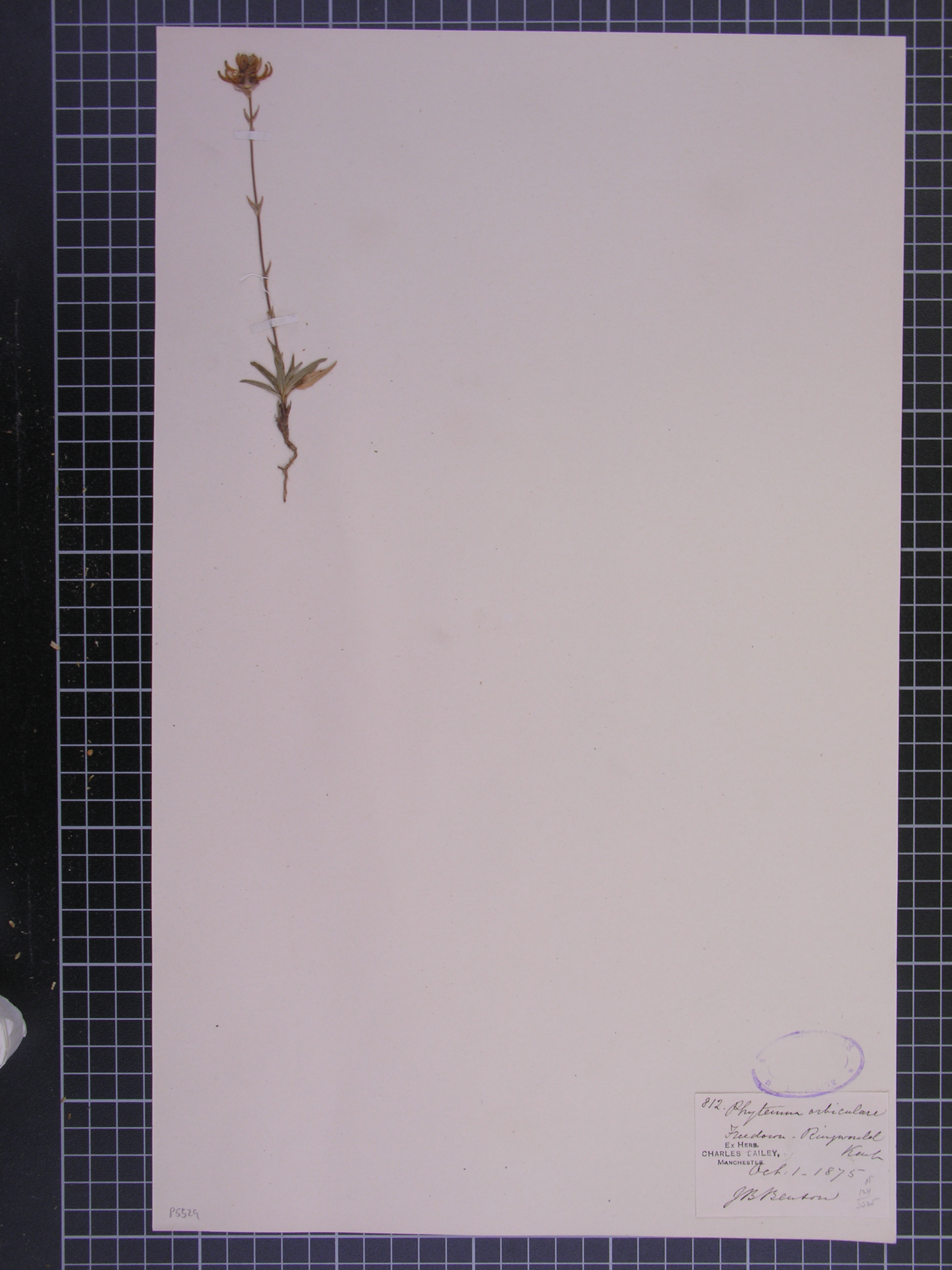A selection of old writings has come to my attention, providing interesting information about the state of nature in our area in times gone by.
For example Cowell's A Floral Guide for East Kent, 1839. http://tinyurl.com/mcx63yk which lists a host of information especially from the mysterious and hard-working "Miss H". One example that I followed up was the burnt tip orchid, now sadly lost from Kent but previously recorded under Kingsdown:
and "near
South Foreland Light Ho." The National Trust's purchase of the
cliff top there money well spent if it reappears there again!
The collection of plants was, I suppose, similar to our obsessive photography but presumably had an impact on the continued survival of the species, especially as the rarer the plant the more likely to be pluck'd untimely from the sward. Nowadays we are more likely to trample or lie on nearby plants, which is bad enough.
Other species of interest in the Herbaria include
- Nottingham catchfly (undercliff between Kingsdown and St Margarets in 1872 - when the undercliff was not yet underwater, presumably);
- sea pea on the beach at Kingsdown and Walmer, whereas it's now only found at Walmer;
- rock stonecrop, an introduced plant, but obviously introduced before 1925;
- sand catchfly at Deal, now only at Sandwich Bay; and
- stinking hawk's beard, now only just hanging on at Dungeness.
- I've not seen burnt tip orchids in Kent (few have) but we made a foray to the Sussex Downs near Lewes to try to find it. It took some doing, with many hours tramping the wrong part of the reserves, but eventually we caught up with hundreds of them on a south-facing bank.
Part of the enjoyment of the search was walking over the downland which is subtly different to our own. Generally more grazed and springy, but with similar plant species of course. Except that they still have round-headed rampion and burnt tip orchid.
As the sun went down on our second walk, large numbers of newly emerged common blues came to roost on convenient shrubs and grasses, while the occasional pair enjoyed the romance of the occasion.




If anyone has any other references to old records of the area, it would be good to see them!







2 comments:
I have e mailed you about the Birds Nest Orchids,
Ian
Thanks Ian!
Post a Comment